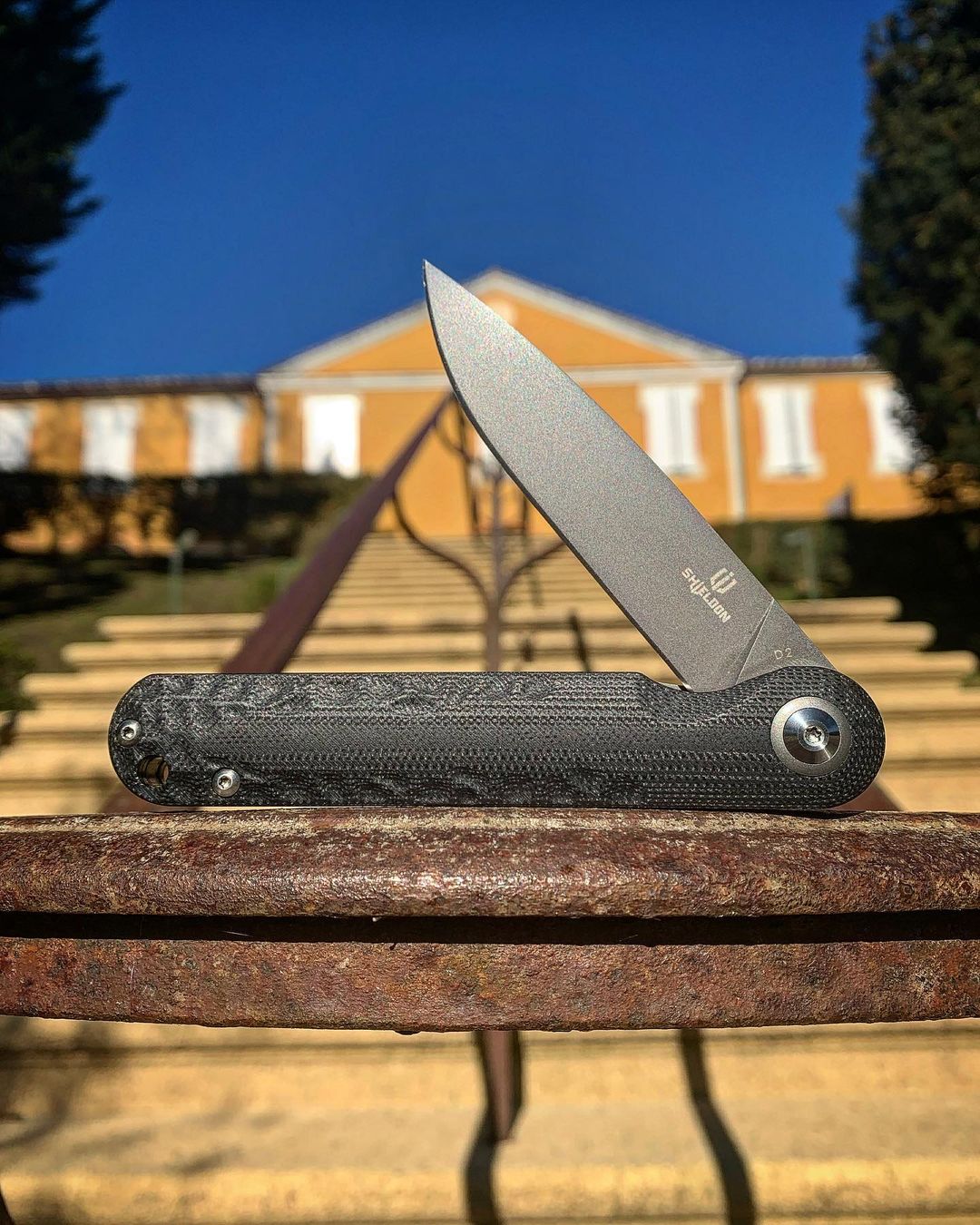Survival Folding Knives Vs. Bushcraft Knives
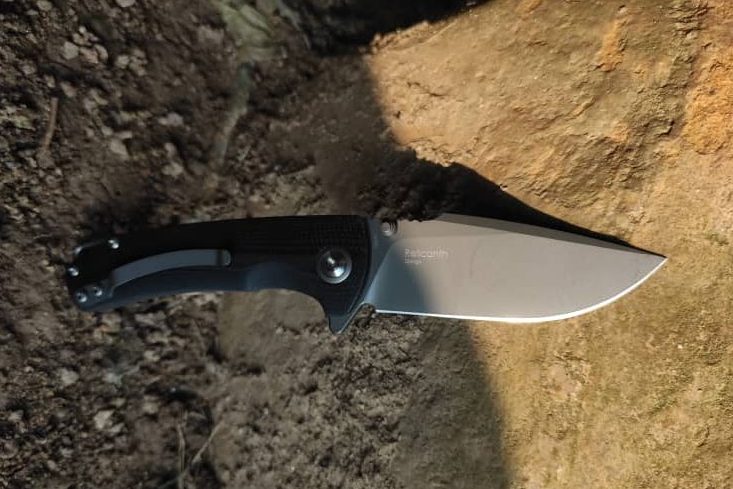
To an untrained eye, it is hard to tell a survival folding knife apart from a bushcraft knife. But they are different in terms of design and functionalities. Both terms owe their origins back to the 80s where they were first described in a book by Mors Kochanski.
We are going to compare survival folding knives and bushcraft knives; look at their features that make them different and what makes them similar to each other. If you have been thinking of getting either of these knives but have no clue on what they are designed for, then stick around to the end.
Features of Bushcraft Knives
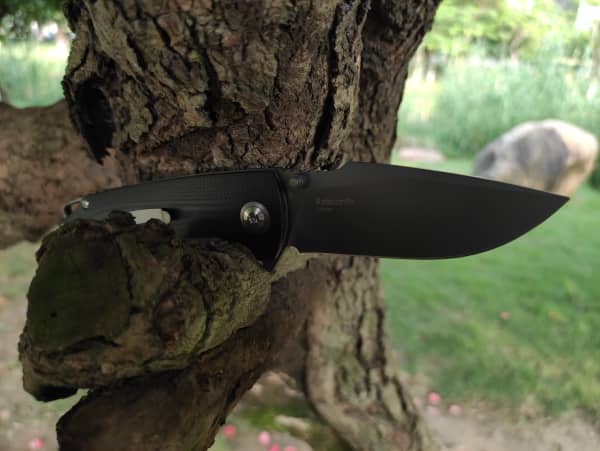
If you are looking for a knife that specializes in certain tasks, then a bushcraft knife is what you go for. They are adapted to delicate tasks in the wilderness, things that a much bigger or stronger knife may not handle. Some notable features of a bushcraft knife include the following.
- Blade Dimensions: A typical bushcraft knife has a blade that’s between 3-5 inches long. This makes them the shortest outdoor knives around. Most knife owners have them as backup options, and it is very flexible to use in the wild for delicate tasks.
- Blade Type: The blades on bushcraft knives tend to have a full-tang since they are the most common and most reliable blades in the knife world. This ensures that the balance needed to use the knife is even, and each strike is able to travel through more mass, making use of the limited weight without breaking the blade due to the force.
- Blade Material: Bushcraft knives have blades that are made using stainless steel. Stainless steel is preferred as it doesn’t oxidize, and neither does it rust easily. It is also cheaper than carbon steel. However, carbon steel is stronger and durable, but it does rust. You will have to conduct more maintenance, especially if you are living in areas that have wet conditions.
- Blade Shape: bushcraft knives either have a flat or Scandinavian grind. They are the easiest to make, to sharpen, and maintain and are ideal for small tasks that don’t require a lot of force.
- Handle Design: The handle used on bushcraft knives is the most variable part of it. They come in all shapes and sizes, and people are free to choose what they want as long as the handle fits their hands comfortably.
Features of Survival Knives
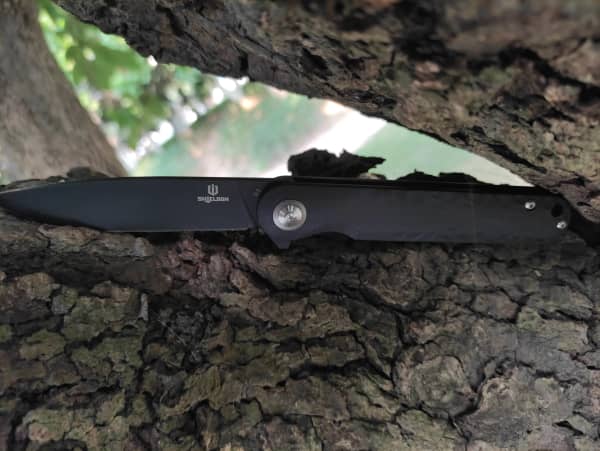
Survival folding knives are among the hardiest knives you will ever come across in the knife world. They are designed to deal with the most extreme conditions and tasks, and they come in varying shapes and designs.
- Blade Dimensions: The blades found on survival knives are huge, and they range between 4-12 inches, even getting longer in some instances, depending on the laws and the needs of the owner. The bottom line here is that there’s no right or wrong blade length; you simply go for what suits your immediate needs and change when the need for another arises.
- Blade Type: An ideal survival knife has a full-tang blade. The use of a single metal piece to create the entire blade gives the knife a more robust feel and minimizes tensile weaknesses since the force is evenly distributed across the entire knife when applied.
- Blade Material: Owing to the nature of tasks and the conditions survival knives are subjected to; the blade material is constructed using the strongest blade materials around. This ranges from stainless steel, which is the most convenient and cheapest, to stronger and costlier materials like titanium and carbon fiber. If you are not big on maintenance, then consider going for the cheaper stainless steel blade.
- Blade Shape: Most survival knives have blades that feature a single-edge or a semi-serrated blade. Serrated edges are stronger and better suited for slicing and cutting through hard materials without affecting the blade in any way. It takes a far longer time for a serrated edge to blunt, and this makes them ideal for outdoor excursions in challenging areas. To get the best out of these knives, go for one that has a hybrid edge.
- The Handle: Most survival knives are fixed blades, and this means they have one metal running through the handle. This means that most handles are constructed around the blade, and this gives them a stronger grip and makes it harder for them to break apart. The materials used vary depending on the needs of the user and the nature of work they intend to use the knives for. Overall, the handles are either made of plastic, wood, or carbon fiber, with plastic being the most common due to the ease of manufacturing.
Final Verdict
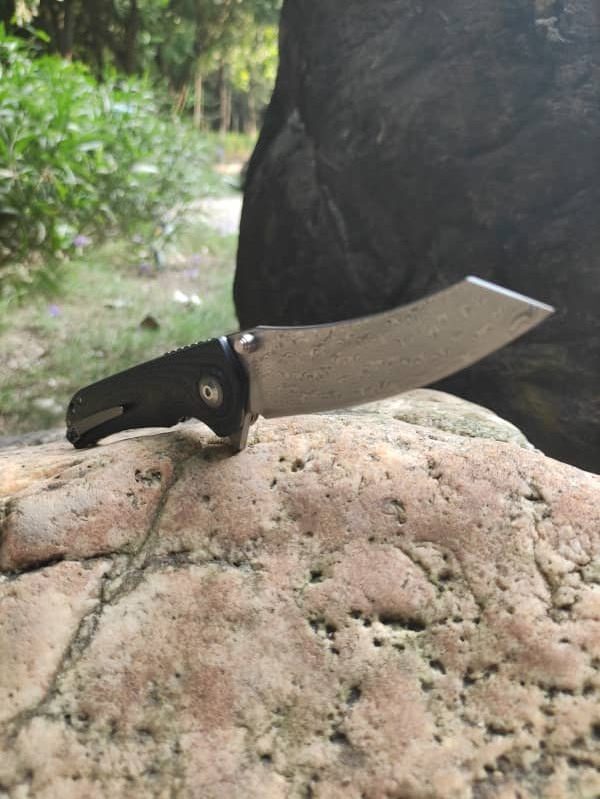
The choice of going with either a bushcraft knife or a survival knife comes down to the nature of work you want to use it for. If you are looking to face nature with all your arsenal, then going with a survival knife is a better fit for you. But if you are looking to handle some delicate tasks, then think of a bushcraft knife.
At face value, these two knives are almost similar, and until you ask about the difference if you are a newbie, it would be very hard to differentiate them from each other. The bottom line is that you have to think of what you want to do before settling down on this.
For more information on bushcraft and survival knives, how they operate, and the best maintenance practices to adhere to, then check our website (Shieldon - OEM knife) and have any questions you may have answered by our team of experts.
You can also follow us through the following ways:
https://www.facebook.com/ShieldonCutlery
https://www.instagram.com/shieldon_knives_and_tools/
https://www.youtube.com/channel/UC_Dz--HODWHFY4AaUF0z11Q
https://twitter.com/Shieldonknives1/
https://shieldonknivesandtools.tumblr.com/
https://www.linkedin.com/company/72285346/
https://www.pinterest.com/shieldonknivesandtools/
More video introductions:
https://www.youtube.com/watch?v=SdoMON7UWDM
https://www.youtube.com/watch?v=jSHeW19aDUw
Article source: Survival Folding Knives Vs. Bushcraft Knives - Shieldon
